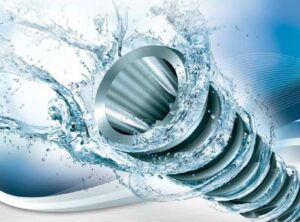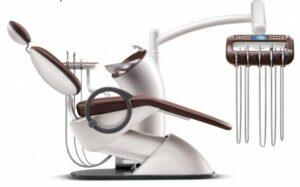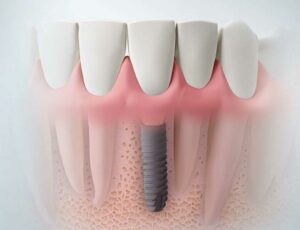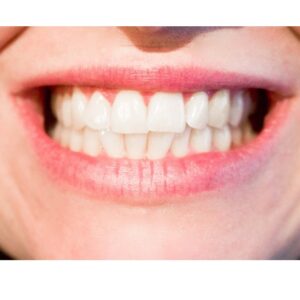Many people across the world use dental implants to get a complete smile and full functionality from their teeth. A dental implant does nearly everything a real tooth does, from helping you bite off food and smile with confidence to assisting with speech. Let’s take a closer look at dental implants and what separates the different types.
What Is a Dental Implant?
Dental implants are placed into the gums and have a shape similar to a screw. They go into your jawbone and bond with the natural bone that’s in place, providing an attachment point for the crown. A crown is an artificial tooth designed to blend in seamlessly with your existing teeth. Implants can be used for:
- Replacing a single tooth: A single implant is inserted just above where the artificial crown will be.
- Replacing multiple teeth with a bridge: Two implants are placed along the gumline and a row of several teeth connect between them.
- Replacing multiple teeth with a removable denture: Multiple implants can be placed to hold onto an entire lower denture.
The typical process of attaching an implant is relatively straightforward. A screw-like post is implanted into the bone above the tooth to be replaced. Then, the implant is left to meld with the bone in a process called osseointegration, which can take several months. After osseointegration occurs, the abutment — a connector — is attached to the implant and impressions are taken to build the crown.
How Do Dental Implants Attach?
There are two ways to attach the crown to the implant — via screws or cement.
Screw Attachments
In this setup, an access hole is built into the tip of the crown for the screw to enter and attach to the implant. In some instances, an abutment is used for a stronger connection. These screw attachments make it easier to replace or repair the crown, but they do require the insertion of some material to cover up the hole and help the crown blend in with other teeth. They often work well for replacements in the back teeth, where these access holes aren’t as visible.
Their functional benefits include easier immediate loading, which refers to placing the crown and implant at the same time. Usually, a crown is placed after the implant has fused with the bone, but screw attachments can bump this timeline up.
Cement Attachments
Crowns cemented to the implant are harder to remove and repair if necessary. Since no screw access hole is required, though, the crown is seamless and fits in with the neighboring teeth. In this instance, the abutment fits into a space drilled out of the top of the crown. It then attaches to the implant in the bone.
Can Dental Implants Fall Out?
Many wonder how secure dental implants are, and that can vary based on the attachment mechanism. Screw attachments can sometimes become loose over time and will need tightening, but this is a relatively simple task for dental professionals. Cemented crowns are typically less likely to fall out in the same way and can provide a stronger seal.
Contact Us to Learn More
At Hiossen Implant, we use state-of-the-art technology to produce dental implants and other products that will help give patients smiles that last a lifetime. Feel free to contact us online or call us at 888-678-0001 to learn more.




